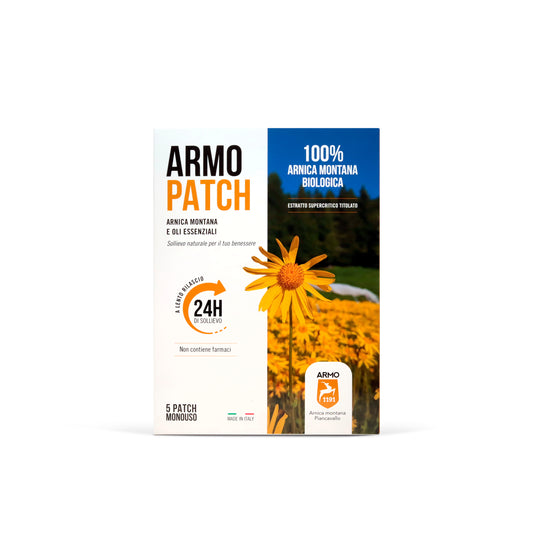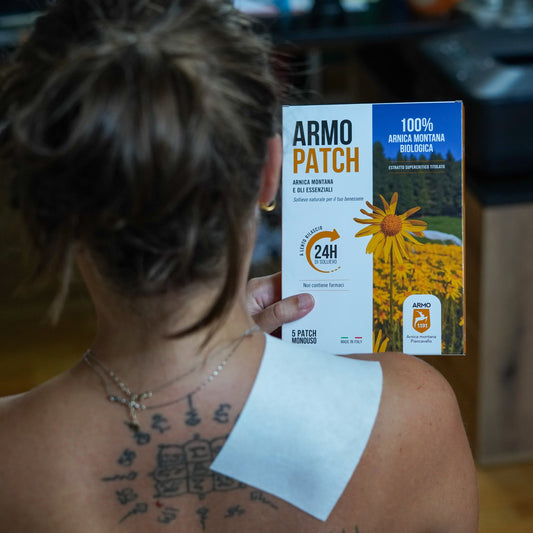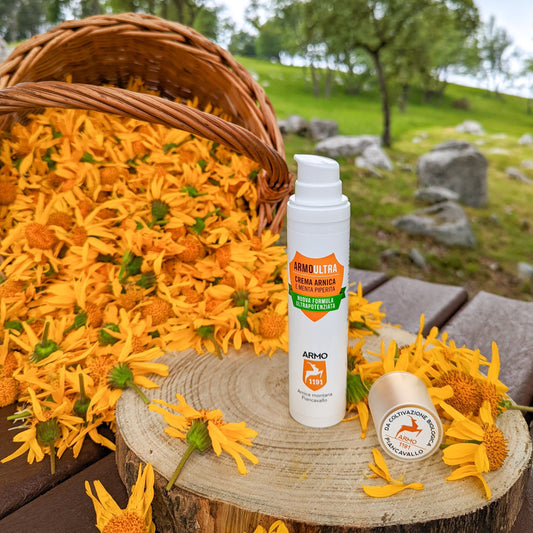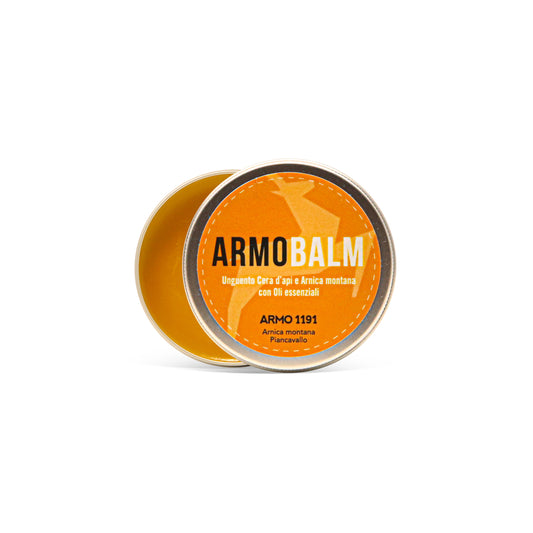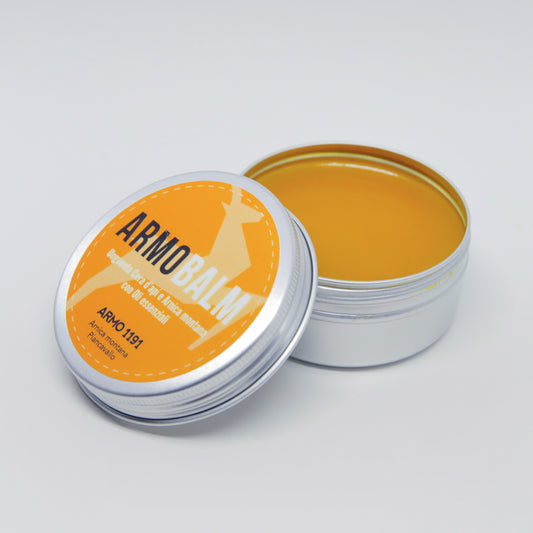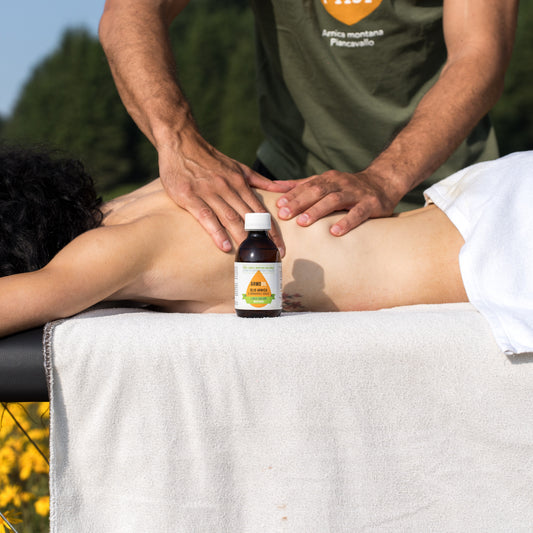As we have already mentioned in a previous article, the Arnica genus includes 32 species, but the one that is certainly the most important for phytotherapy is Arnica montana L., the richest in therapeutic substances such as sesquiterpene lactones, to which its analgesic and anti-inflammatory properties are attributed.

Various genus and species
Mountain Arnica is often substituted by its American sister species Arnica chamissonis, which is easier to grow but lower in active ingredients. There is also a subspecies of mountain Arnica which grows at lower altitudes in Spain, the Atlantic Mountain Arnica, which is widely used but contains less helenalin, the lactone mostly responsible for its anti-inflammatory properties.
It is even easier for many formulators to use extracts of the so-called Mexican Arnica, a plant that remotely resembles Arnica but does not even belong to its genus. Its scientific name is Heteroteca inoluloides and it grows in Mexico. Being commonly called “Arnica” allows marketing experts to call products by this name unless the correct scientific name is given in the INCI (list of ingredients).
DNA does not lie
It may sometimes be difficult, especially for the untrained eye, to distinguish one species from another and this is where the importance of laboratory analysis, specifically the DNA tests are extremely important.
As stated in an interesting article published by FEM2-AMBIENTE, a spin-off company accredited by the University of Milan-Bicocca, "the application of the DNA barcoding technique is suitable because it is possible to efficiently identify the genetic trait that characterises the species.
This DNA segment is highly discriminative because it tends to repeat itself in a very similar way among all individuals belonging to the same species and, at the same time, to differ widely between different species.
Moreover, DNA also has the ability to preserve itself under different physical conditions and can therefore be extracted from fresh, dried, or ground material. This makes it possible to identify the two species of Arnica, ensuring the quality and purity of the products placed on the market, increasing their safety, and preventing fraud and errors.

The controlled supply chain
This explains the importance of our controlled supply chain. We only use Arnica montana L. from the ARBO cultivar, selected in Germany. The seeds are sown by our specialized nursery between February and March, and the seedlings are transplanted by hand between May and June.
In the first year the plant takes root and develops its leaves, while flowering takes place in the second year between June and July.
We hand-pick the fresh flowers at their optimal balsamic time and dry them naturally, then we extract the active ingredients of the Arnica plant from the dehydrated flower.
The final result is a very high-quality product
By controlling every step in the supply chain, we can guarantee a very high standard of quality. There's no doubt about it. We know what is inside our products, and the quality of the raw material, our Arnica, is the secret of their effectiveness.
For your well-being choose the best, choose ARMO1191!


